
Special Education Teachers, chances are you've been searching for more age-appropriate activities that also support student independence. Maybe you've been hearing about work task boxes and independent work systems, but it all feels a bit overwhelming.
Whether you're a seasoned teacher or a new teacher just starting out in a self-contained classroom, I promise you, this is easier than you think and totally worth the effort. So, grab your favorite beverage, a set of headphones, and let's dive into setting up!
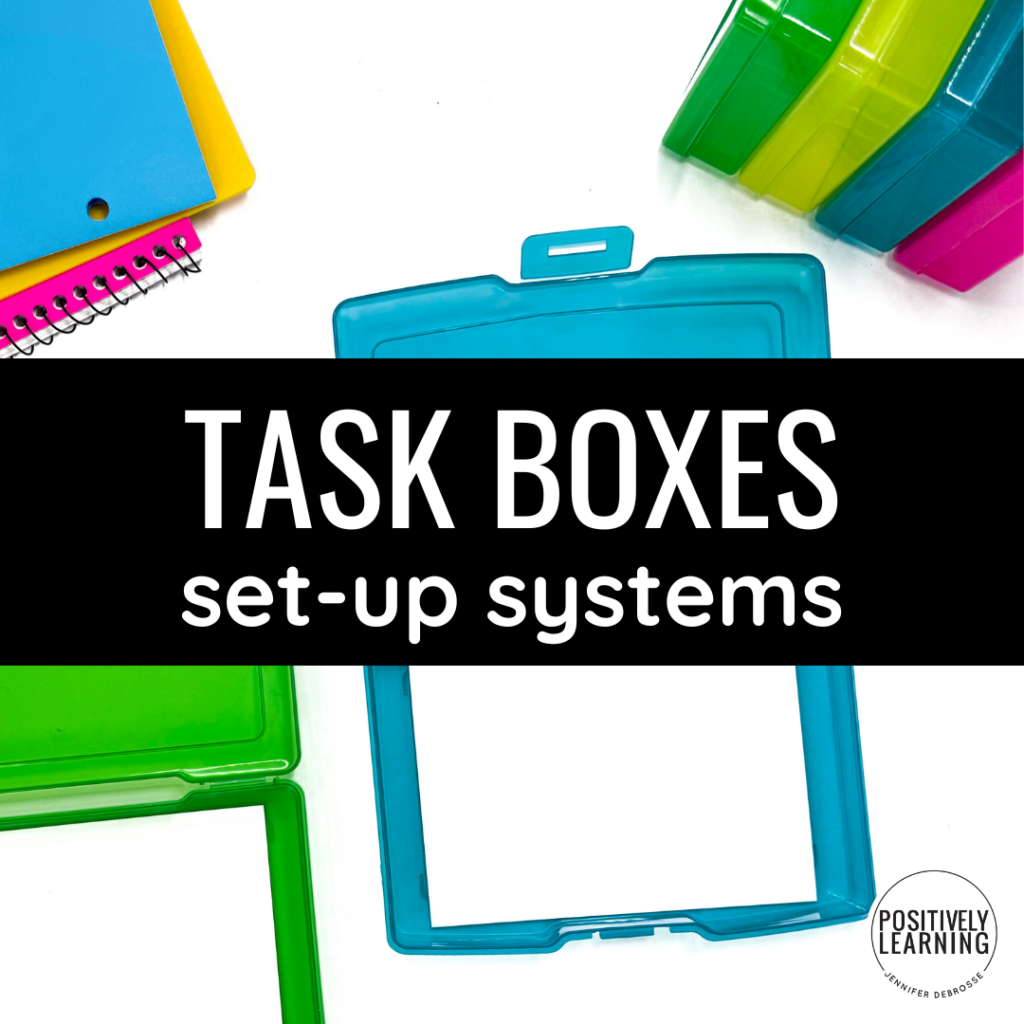
Table of Contents
Toggle
A task box system is an independent work system designed to help special education students practice and master a variety of skills. It involves small, manageable tasks (think task cards or work bins) that students can complete independently. This system is a great way to facilitate independent skills, perfect for all grade levels and abilities.
There's so many reasons that task boxes are a major player in the special education classroom setting. Here's just a brief overview on why I think every teacher should strongly consider incorporating these magical skill boxes:
Starting a task box system in your special education classroom is a great way to cultivate independent skills, meet IEP goals, and engage students in meaningful activities.
Remember, it does NOT have to be complicated or expensive! With some creativity and a few basic supplies, you can create a system that works wonders for your students. Find everything you need in ONE place inside the club – check it out here:

I’m Jennifer and I was a special educator in the elementary school setting over the past decade. I entered the classroom every day dedicated to making learning inclusive AND engaging.

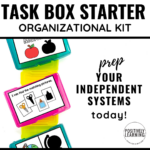




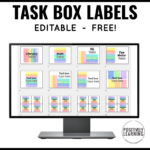
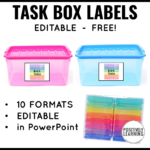
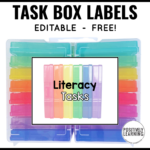






This website uses cookies to ensure you get the best experience on our website. See full disclosure here.
This website uses cookies to ensure you get the best experience on our website.
See full disclosure here.